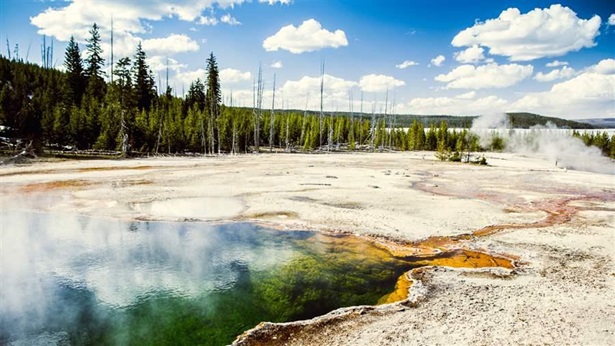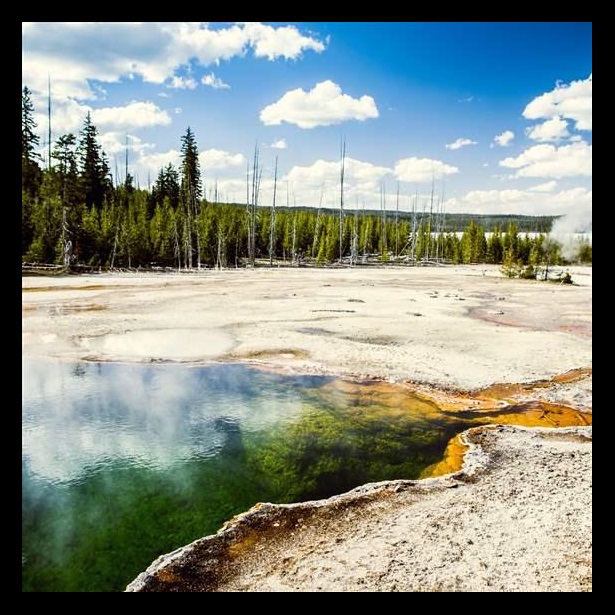Pew Co-Hosts Tech Challenge to Fix Our National Parks
Participants to seek solutions to $11 billion problem
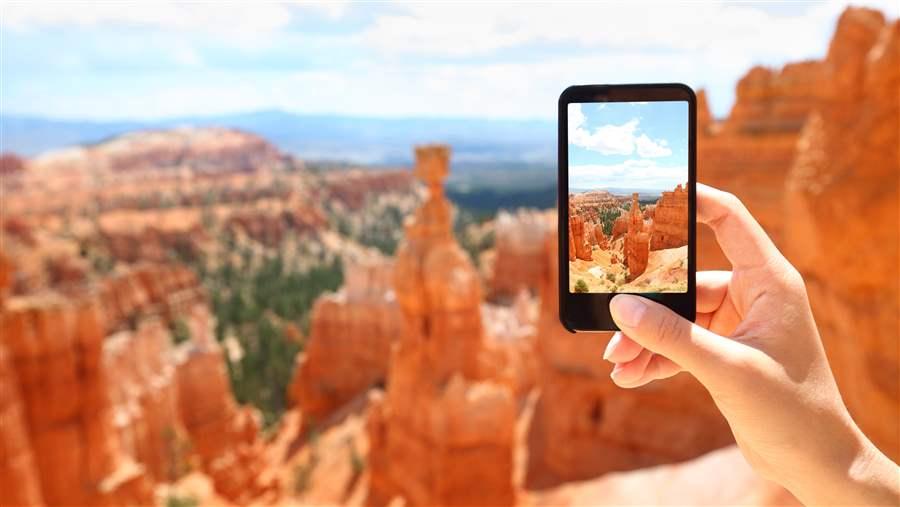
Teams of specialists will compete to innovate solutions at the Parks and Tech Challenge this month.
ShutterstockThe Pew Charitable Trusts is turning to technology experts to help fix our national parks. More than 100 participants in a Parks & Tech Challenge will gather in San Francisco on Feb. 10 and 11 to brainstorm ways technology can address overdue park repairs.
Unreliable funding that doesn’t keep pace with the aging of facilities is taking a toll on the more than 400 National Park Service (NPS) sites across the country. The result is $11 billion in deferred maintenance for the infrastructure that the NPS maintains, including 12,500 miles of roads, 28,000 buildings, and 3,000 utility systems.
Participants will include technologists, designers, sustainability specialists, entrepreneurs, businesses, outdoors enthusiasts, and park experts who will divide into teams. Experts in park maintenance and management will help each team conceptualize and develop solutions. A panel of judges will evaluate the innovations, and the teams behind those considered the strongest will receive recognition and prizes from event sponsors.
The event, to be held at the Golden Gate National Recreation Area, is co-hosted by Pew and CivicMakers, a San Francisco-based firm that seeks innovative solutions to issues affecting communities.
The challenge is part of Pew’s restore America’s parks campaign, which seeks to conserve the National Park System’s natural and cultural assets by providing common-sense, long-term solutions to deferred maintenance problems.
Participants can learn more about the problems before attending the challenge by watching a video from Parks and Tech Challenge mentors that is available on the event website. The video provides more information on the repair backlog and outlines the event structure, goals, and recognition criteria. Space is limited, and registration is on a first-come, first-served basis.
Marcia Argust directs The Pew Charitable Trusts’ campaign to restore America’s parks.


America’s Overdose Crisis
Sign up for our five-email course explaining the overdose crisis in America, the state of treatment access, and ways to improve care
Sign up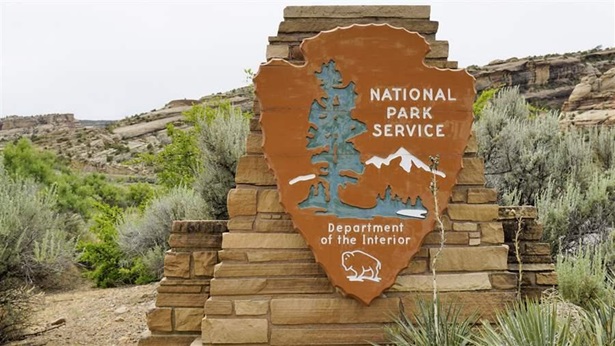
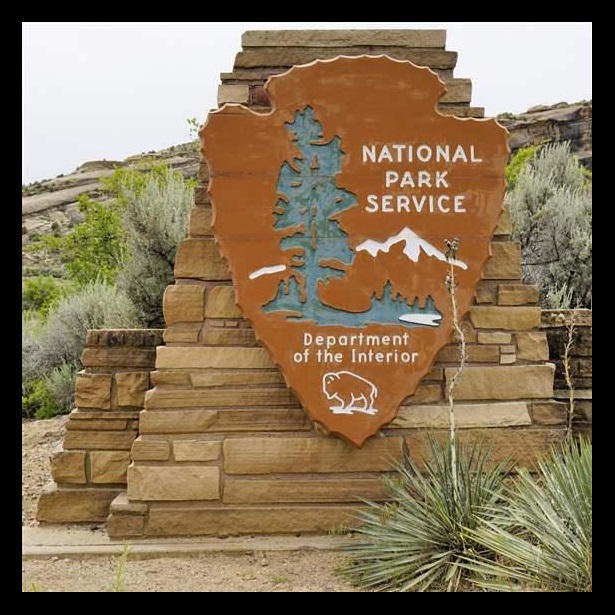
Jobs Interactive: Potential in Restoring Our National Parks
